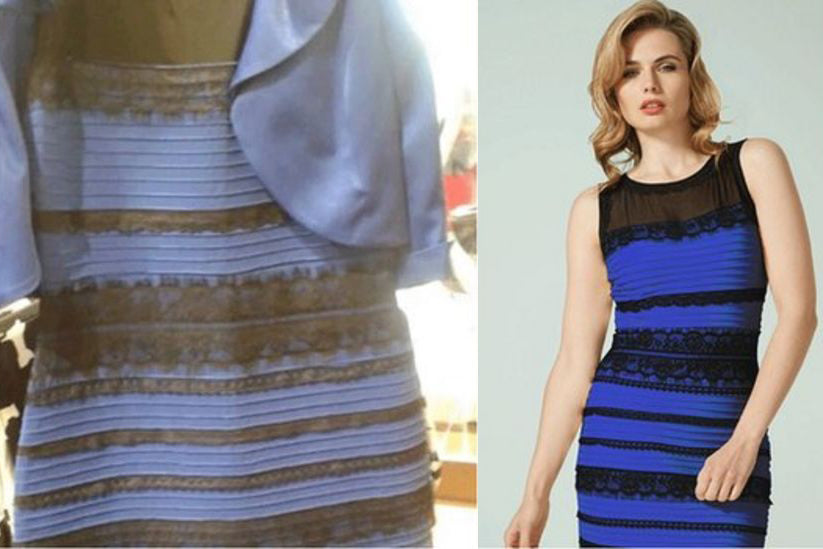When the reference to something becomes so definitive as to represent an entire category, you know that you’ve identified something worthy of cultural documentation.
"The Dress" refers to a viral phenomenon that occurred in 2015, where a photograph of a dress posted online sparked intense debate and confusion about its colours. Some people saw the dress as white and gold, while others saw it as blue and black. The discrepancy led to widespread discussions about perception, colour vision, and even the nature of reality.
The dress itself, later identified as a lace dress designed by Roman Originals, had actually been worn to a wedding. However, it was the lighting and the way the photo was taken that caused the discrepancy in how people perceived its colours. Some argued that the dress was in shadow, leading to a perception of blue and black, while others saw it as being in direct light, making it appear white and gold.
Our eyes are able to assign fixed colours to objects under widely different lighting conditions. This ability is called colour constancy. But the photograph doesn’t give many clues about the ambient light in the room. Is the background bright and the dress in shadow? Or is the whole room bright and all the colours are washed out? Different people may pick up on different visual cues in the image, which can change how they interpret and name the colours.
If you think the dress is in shadow, your brain may remove the blue cast and perceive the dress as being white and gold. If the photograph showed more of the room, or if skin tones were visible, there might have been more clues about the ambient light. If you think the dress is being washed out by bright light, your brain may perceive the dress as a darker blue and black.
The viral debate captured the attention of social media users, celebrities and even scientists, who chimed in with various explanations for why different people perceived the colours differently. It became a fascinating example of how subjective human perception can be and how easily optical illusions can lead to widespread confusion and discussion.
Wrote Adam Rogers in WIRED magazine on 26 February 2015:
“Not since Monica Lewinsky was a White House intern has one blue dress been the source of so much consternation. (And yes, it’s blue.) The fact that a single image could polarize the entire Internet into two aggressive camps is, let’s face it, just another Thursday.”
Story Idea: Remo Giuffré
____________________________
References
wikipedia.org/wiki/The_dress
wired.com/2015/02/science-one-agrees-color-dress
nytimes.com/interactive/2015/02/28/science/white-or-blue-dress
bbc.com/news/uk-scotland-highlands-islands
Images
1. The Dress photo next to a studio shot version of the same dress
2. The original photo of the dress that appeared on Tumblr
3. Video: BBC report demonstrates polarised opinion
4. The Internet lighting up with debate about The Dress
5. WIRED magazine breaks it down with PMS colours
6. The ultimate test of virality. The Dress becomes a Halloween. Credit: yandy.com.







































































































